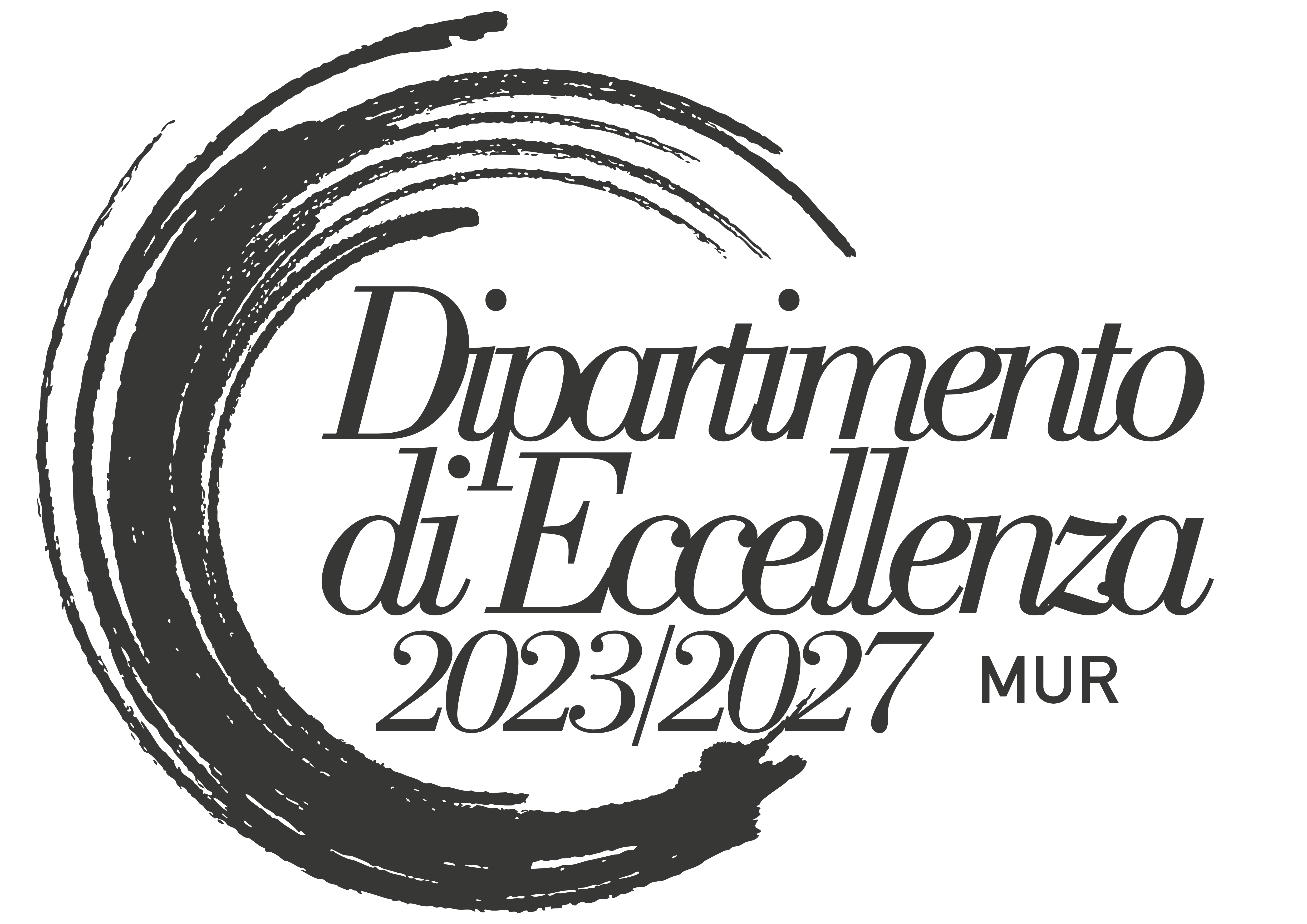Our project aims at investigating the representation of cognitive disability in drama texts from the sixteenth century to today, with a focus on the reception of a few Shakespearean female characters: first and foremost, Ophelia, but also the Jailer’s Daughter in The Two Noble Kinsmen, Lady Macbeth and Cassandra. Historically, women have been discriminated against by patriarchal society; women who have cognitive disability have experienced a further exclusion from social accessibility. Their behaviours have been read as performances susceptible of being interpreted on the basis of a two-way transaction between the arts and the sciences.
Our methodology is interdisciplinary and draws on reception studies, disability studies, the history of European medicine, and the semiotics of theatre and drama. Texts and materials relating to the cultures of various European countries are examined. The project has led to the organisation of a conference on the receptions of Ophelia from the early modern context to the end of the nineteenth century (“The Receptions of Ophelia, 1599–1900,” Verona, 10–11 December 2024), and it foresees the organisation of a further international conference on twentieth-century and contemporary receptions. A special issue of a journal has been published (“Receptions of Ophelia: from the Early Modern Period to the Fin-de-Siècle,” Skenè.JTDS 11, 1), with further publications to follow. In addition, building on the experience gained within the CEMP subproject (Classical and Early Modern Paradoxes in England) of the previous Excellence Project, a digital database will be created of texts documenting significant interpretations of cognitive disability in Shakespearean characters (from eighteenth-century critics to today’s neuroscientists), as well as iconographic materials, historical phonograph recordings, silent cinema, etc.
Group leader: Emanuel Stelzer
Internal members:
- Silvia Bigliazzi
- Petra Bjelica
- Felice Gambin
- Cristiano Ragni
- Roberta Zanoni
External members:
- Clark Lawlor (Northumbria University, English Literature and History of Medicine)
- Sandra Pietrini (University of Trento, Theatre History)
- Anne Sophie Refskou (Aarhus University, Comparative Literatures)
- Martina Zamparo (University of Udine, English Literature)
Actions: WP 1.1, WP 1.3
References:
Kiefer, Carol Solomon, ed. 2001. The Myth and Madness of Ophelia. Amherst: Mead Art Museum, Amherst College.
Peterson, Kaara L. & Deanne Williams, eds. 2012. The Afterlife of Ophelia. New York: Palgrave Macmillan.
Rhodes, Kimberly. 2016. Ophelia and Victorian Visual Culture: Representing Body Politics in the Nineteenth Century. Abingdon & New York: Routledge.
Showalter, Elaine. 1985. “Representing Ophelia: Women, Madness, and the Responsibilities of Feminist Criticism”. In Shakespeare and the Question of Theory, edited by Patricia Parker & Geoffrey Hartman, 77-94. New York and London: Methuen.
Stelzer, Emanuel, ed. 2025. “Receptions of Ophelia: from the Early Modern Period to the Fin-de-Siècle”, special issue of Skenè. Journal of Theatre and Drama Studies 11.1, https://skenejournal.skeneproject.it/index.php/JTDS/issue/view/35 (Accessed 29 September 2025).


